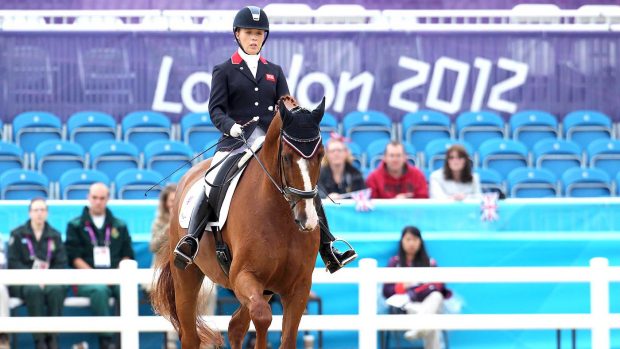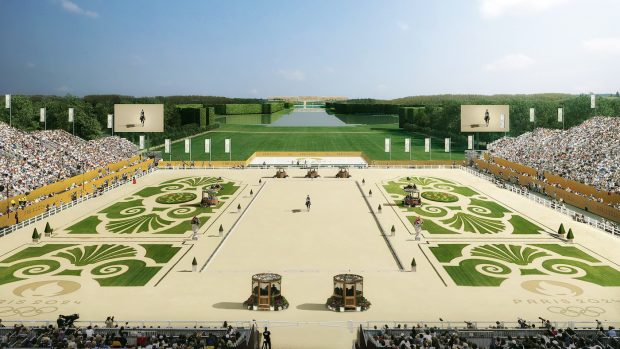Once again, the purpose-built Markopoulo stadium is preparing to play host to equestrian events, this time for the Paralympics, which kick-off on Monday 20 September, three days after the start of the Games.
The Paralympic Games date back to Rome in 1960, when the first Paralympics were held straight after the Olympics. The movement covers 13 sports, including archery, swimming, fencing, table tennis, basketball and athletics as well as equestrianism, which was introduced to the Paralympic schedule at Atlanta 1996.
Some 70 riders from 29 different nations will take part in the equestrian competition in Athens, and, for the first time, the majority will be bringing their own horses.
The seven British riders, who will all compete as individuals, are Lee Pearson, Nicola Tustain, Anne Dunham, Jo Pitt, Debbie Criddle, Sophie Christiansen and Michelle Crunkhorn. Nicola, Lee, Anne and Debbie comprise the team. Click here for more information about Britain’s paralympic squad.
Britain took team gold at Atlanta in 1996 and also at Sydney 2000 and there are high hopes that our team will bring home gold from Athens.
Guide to the grades
The Paralympic equestrian events are divided into two tests within each grade, of which 1a is for the most severely disabled, moving up to IV for riders with the least disabilities. Competitors compete in a set test before a freestyle to music, with the team competition on the final day. The freestyle test allows the competitors to show a little bit more flair, with added movements and changes of pace.
Ia: Sophie Christiansen, Anne Dunham
Set test: walk.
Freestyle: change of pace within trot, and lateral work at trot and walk.
Ib: Lee Pearson
Set test: walk and trot.
Freestyle: as for 1a.
II: Joanne Pitt, Nicola Tustain
Set test: elementary level without canter.
Freestyle: canter and simple changes are allowed, as is lateral work in walk and trot.
III: Debbie Criddle
Set test: elementary level, including simple changes.
Freestyle: the test covers all advanced medium movements, with single changes and half-pass.
IV: Michelle Crunkhorn
Set test: medium level test with trot and canter half-pass, simple changes and walk pirouettes.
Freestyle: the parameters increase to include three- and four-tempi changes and canter pirouettes.


